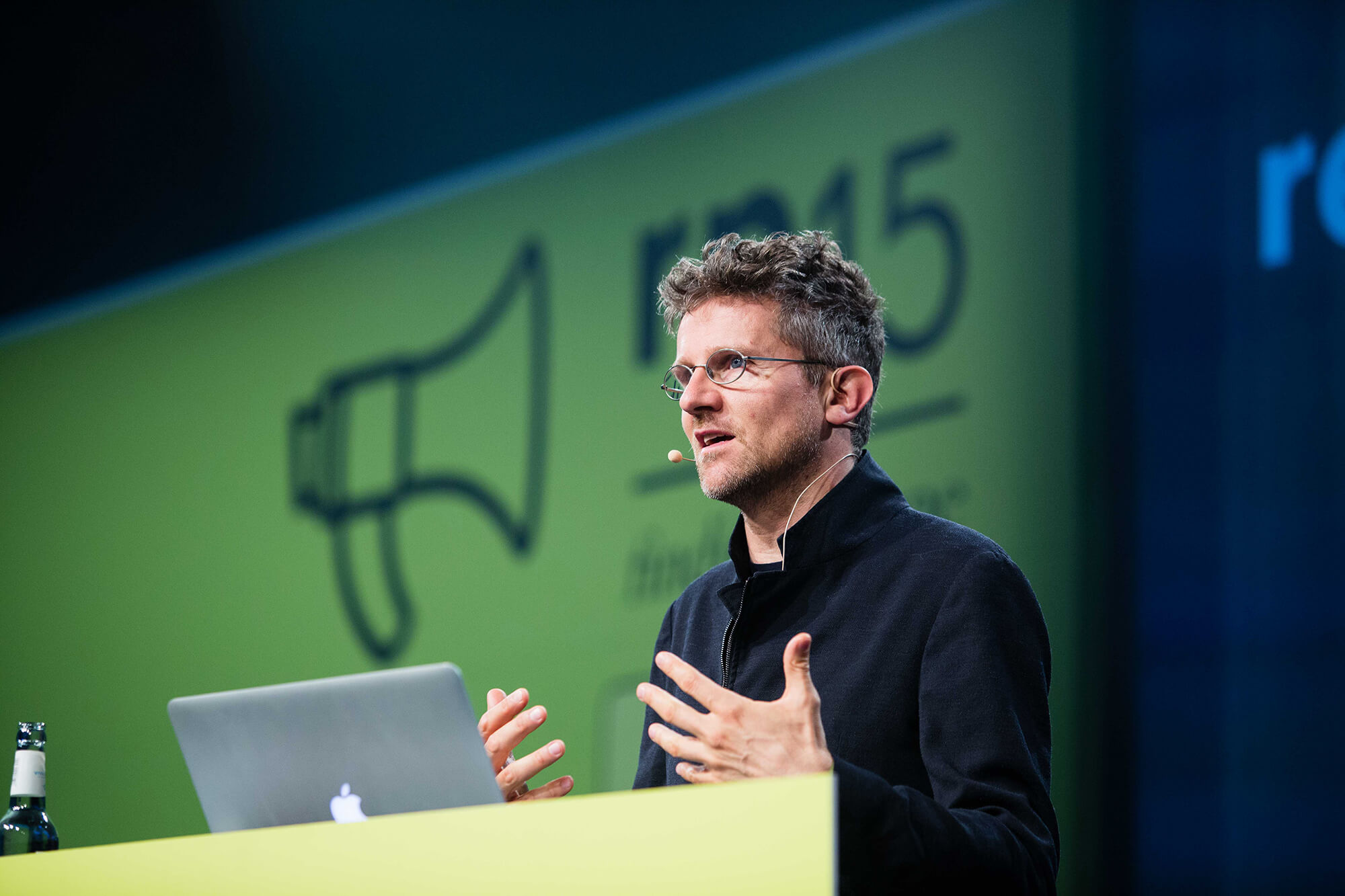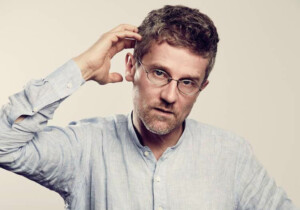Carlo Ratti is chief curator of the 2025 Venice Architecture Biennale. This week in Venice, Ratti gave a presentation in Ca’ Giustinian where he shared the title of the 19th International Architecture Exhibition, Intelligens. The future show’s basic themes include Venice as living laboratory, natural intelligence, artificial intelligence, and collective intelligence.
AN interviewed Ratti shortly after the press conference to learn more about his vision.
AN: Umberto Eco is really important to you and the upcoming Biennale. Can you talk about how his concept of opera aperta influences your thinking?
CR: My relationship with Umberto goes back to my days as a student and, yes, he’s so important to me. We did a project together around 2000 called Progetto Collegium in Milan. There were four founders including myself, Umberto; the philosopher Marco Santambrogio; and Filippo de Vivo. The four of us founded Collegio di Milano.
Throughout this process I became very close intellectually with Umberto. His book, named after the concept opera aperta, became very important to me as well. Opera aperta translates to “open work” in English. It’s this idea that a piece of art can never be completed or done. But art can evolve into different forces.
This book by Umberto inspired my first book, Open Source Architecture. This concept helps me think about architecture as something that’s constantly in flow, and in sync with nature. Nature is never in a perfect state. It’s constantly evolving from one state to another, mutating.
AN: This exhibition will be different from others in that there will be a portal on the Biennale’s website where people can submit ideas for what they’d like to see in Venice, which clearly fits into your open source framework. Where did that idea come from and how will it work?
CR: These past few months, we’ve gotten almost 1,000 unsolicited submissions from people with different ideas about what they’d like to see. Our idea was simple: We chose to archive these ideas in a database and give people the chance to share their ideas with different types of media. Now people can submit videos, letters, and so on through a portal on the Biennale website.
Typically how these things work is a creative director simply decides who to invite. I wanted to hear a multiplicity of voices. We don’t know if we’ll get 1,000 or 50,000 or 100,000 submissions, but we will find out soon.
AN: What kinds of ideas have people submitted so far?
CR: The ideas so far have been a bit less-focused because people didn’t know what the theme was, until now. Hopefully after [this week’s] presentation the ideas will be a bit more focused. Now that the four themes are out there—Venice, natural intelligence, artificial intelligence, and collective intelligence—we hope we’ll get more submissions in those directions. Particularly the last one, in how it relates to what could happen outside of our planet.

AN: The Central Pavilion will be closed in 2025 for upgrades. Where will the programming that typically happens there take place?
CR: I can’t say much about individual projects. But I can say that there will be pavilions in the Arsenale, the Giardini, and outside the perimeter.
In my presentation I spoke about how, you know, people have been coming to Venice with new ideas, since Ruskin. But I’m interested in how Venice can become a living laboratory where design ideas can be tested for the rest of the world.
Biennales have changed a lot in the past decade. They used to be places where people brought together a collection of knowledge. But today it’s different. Today, I think Biennales can be catalysts for change. I hope that what happens in Venice in 2025 will reverberate out into the rest of the world when it’s over.
AN: Can you talk about the Venice Biennale’s inner mechanics? You’ve clearly been thinking about these ideas for a while now. Did you have to negotiate your concept with the Venice Biennale president? How does that work?
CR: I’ve been a part of multiple Venice Biennales now. I took part in the 2006 Biennale curated by Ricky Burdett which focused on the metacity, and Rem Koolhaas’s 2014 Biennale, Fundamentals. It was great to work with Rem on that, and people like Alejandro Zaera-Polo.
This upcoming Biennale is different for a few reasons. I was recommended by both the outgoing and incoming presidents for the curatorial role. In the past concepts usually got audited somehow, but I was given full freedom in every sense.
I’ve been getting feedback and had many meetings so far. There are people in charge of the technical side, and implementation, and the legal side, and production, and mediators between teams. So there are people who have been doing this for over ten years that are able to tell me what works and what doesn’t work. This feedback has been so enriching.
AN: What are you most excited about in 2025?
CR: People from the office, like Daniele Belleri, have been a key force in this collaboration. The publicity around Biennales typically focuses on the name of the director, but I want to stress how collaborative this curation is.
In terms of what I’m hopeful about, I think what motivates Daniele and I the most is spreading this message about architecture as a tool kit for our planet. We want to stress that architecture can change the status quo.
There’s a strange paradox today where, on the one hand, the public’s climate anxiety is at an all-time high. But at the same time, enrollment in architecture schools around the world is at an all-time low. Architecture since the beginning has been meant to help protect us from the harsh environment. How can architecture do the same in the future?











